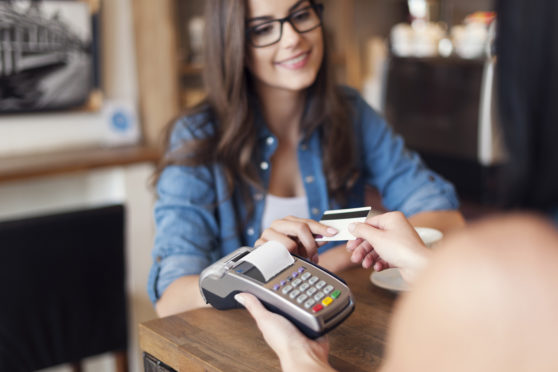
Talk about cash and the problems accessing physical money has been getting louder.
Consumer campaigners have been highlighting fears about people’s continued ability to obtain notes and coins, while industry bodies have been explaining how they’re tackling the issue.
So, should you be worried? Here’s a look at what the access to cash debate is all about…
How has cash use changed?
Many people now use cash less often alongside the rise of mobile banking and contactless payments.
In 2008, 60% of payments were made in cash but by 2018 this had shrunk to 28%. By 2028, it’s predicted just 9% of payments will be in cash, according to trade association UK Finance.
Last year, 5.4 million consumers rarely used cash – making one or no cash payments per month. But many rely heavily on cash. Some 1.9 million consumers mainly used cash last year.
What concerns have been raised?
Bank branch and cashpoint closures have sparked fears people are being pushed towards a “cashless” society.
Consumer group Which? found some people faced a long bus journey or even needed to hop on a ferry to find their nearest free-to-use ATM.
Recent reductions to the fees card issuers pay to ATM operators have fuelled concerns more machines could close. Meanwhile, a third of UK bank branches have shut within the past five years alone, according to Which?.
Martyn James, spokesman for consumer help website Resolver, says: “Evidence shows people in rural communities are losing banking and ATM services, leaving them stuck with limited options. Often, this is where poor access to wifi and broadband occur.”
What’s the Post Office’s role?
To help support cash access, banks have arranged for everyday services to be available through the Post Office’s 11,500 branches.
Last year, it handled 130 million transactions on behalf of UK banks. And a new three-year agreement has just been reached.
However, Barclays is ending over-the-counter cash withdrawals from Post Office branches next year, although other services will still be available. Barclays has also pledged not to close branches in remote areas, or if it is the last bank in town, for the next two years.
What’s the industry doing?
A new £1 million fund has been launched, meaning consumers can request a free ATM directly from cash machine network Link, when it’s needed. The Community Access to Cash Delivery Fund enables communities to apply through their MP, council, or request help directly.
So who’s keeping an eye on payments?
The Payments Systems Regulator says: “Last year, we used our powers and gave specific direction to ensure Link met its commitment to protect the geographic spread of free-to-use ATMs. We have started a review of this direction, to make sure it does all it can to fulfil its commitment to maintain this broad spread.”
What can I do if I’m concerned about a lack of cash in my area?
As well as contacting industry schemes to see if you can improve cash access, Resolver is encouraging people worried about losing their free cashpoint to complain at resolver.co.uk/save-your-atm. And, if your bank has just closed your nearest branch, you can vote with your feet and switch to one whose doors are open.

Enjoy the convenience of having The Sunday Post delivered as a digital ePaper straight to your smartphone, tablet or computer.
Subscribe for only £5.49 a month and enjoy all the benefits of the printed paper as a digital replica.
Subscribe